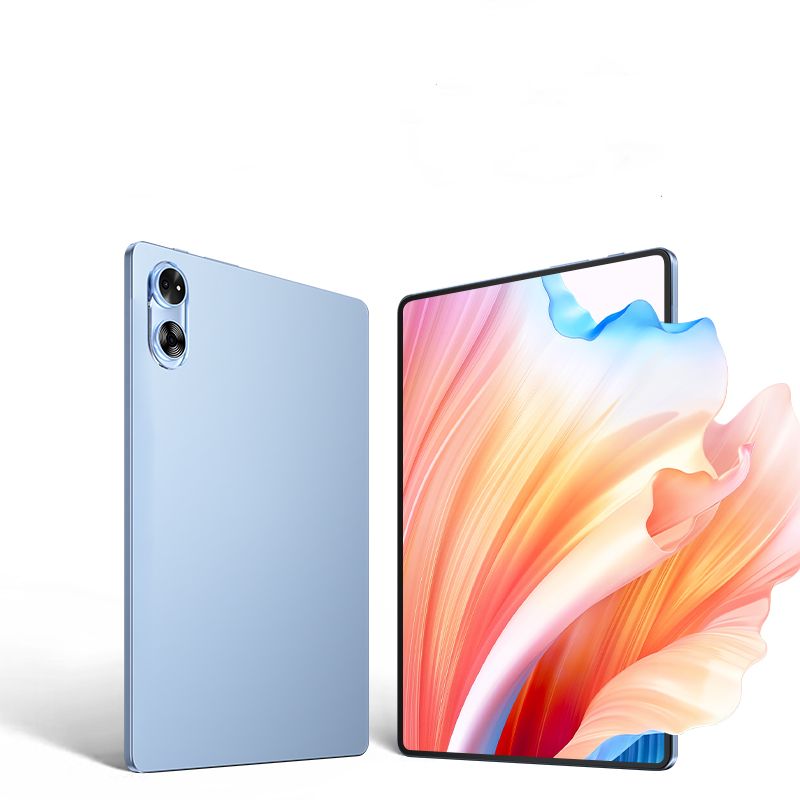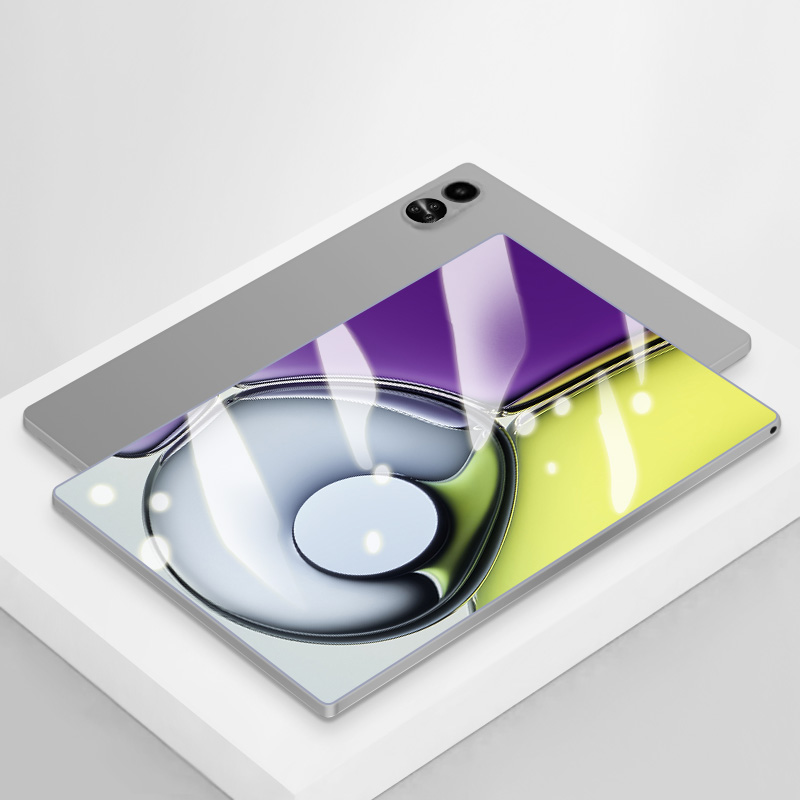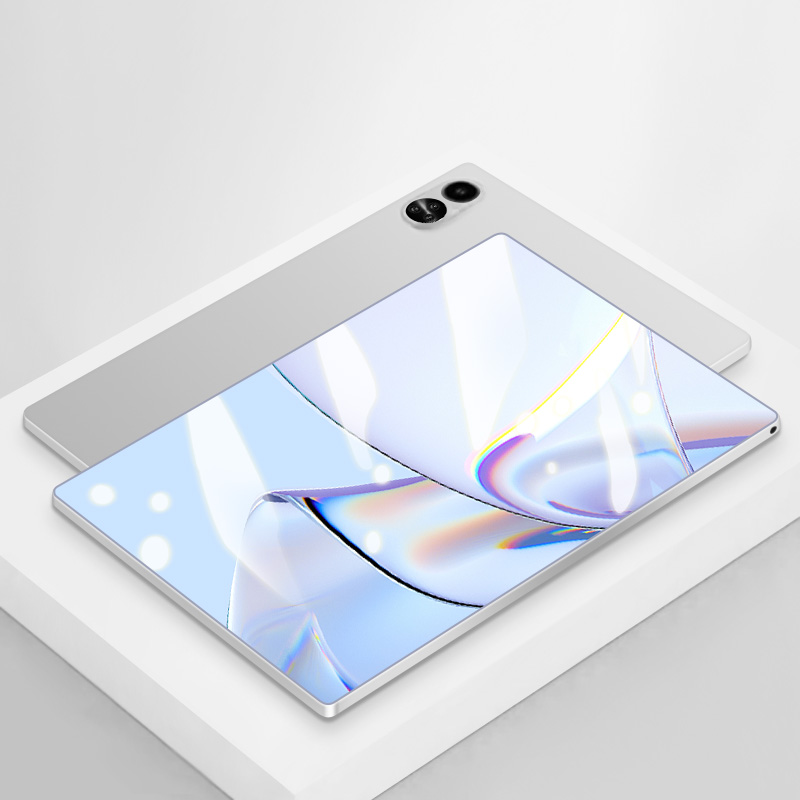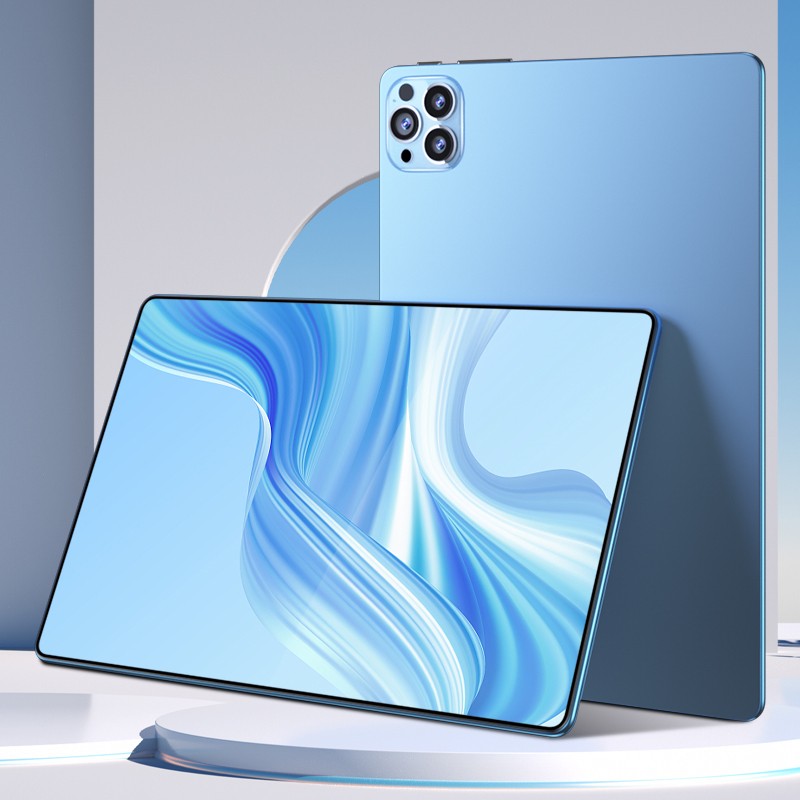How Can Schools Benefit from the Best Tablets for Kids in Classrooms?
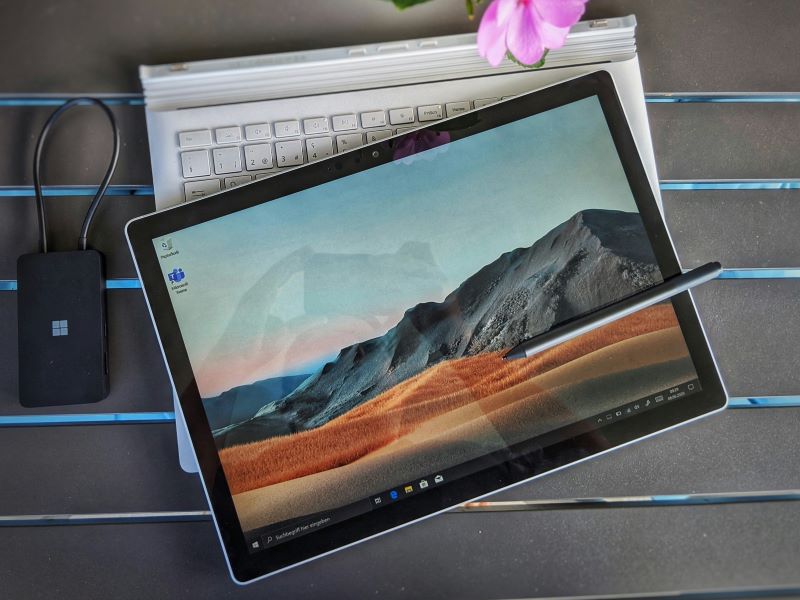
As technology continues to transform the way we live, work, and learn, schools are increasingly adopting digital tools to enhance the learning experience. One of the most prominent tools entering classrooms is the tablet. Best tablets for kids are becoming an essential component of modern education, offering a range of benefits that support both students and teachers. These devices not only bring a wealth of educational content to students but also foster engagement and creativity in ways traditional methods cannot.
Why Tablets Are a Game-Changer for Schools
Tablets for classrooms are revolutionizing education by offering a more interactive and personalized learning experience. Here are the key benefits of introducing tablets for school use:
1. Interactive Learning and Student Engagement
One of the major advantages of using tablets in classrooms is the ability to engage students in interactive learning. Tablets enable teachers to access educational apps, videos, and games that make lessons more exciting. This interactivity helps students retain information better than traditional methods. For instance, kids can watch science experiments or historical documentaries, which makes learning more fun and engaging.
2. Personalization of Learning
Tablets allow for personalized learning experiences that cater to the individual needs of students. With apps that adapt to a child's learning pace, children can progress through lessons at their own speed. This is particularly beneficial for special education students or those who need additional support. Personalized learning allows students to work on areas where they need improvement while skipping over topics they have mastered.
3. Access to a World of Educational Resources
Tablets provide instant access to an extensive library of educational resources that go beyond traditional textbooks. Teachers can use tablets to supplement lessons with interactive content, quizzes, and worksheets. Students also have the freedom to explore educational websites, online libraries, and digital encyclopedias, expanding their knowledge base beyond the classroom walls.
4. Improved Collaboration Among Students
Tablets also promote collaboration among students. Many educational apps are designed to facilitate group work and encourage communication between peers. Students can collaborate on projects, share notes, and work together in real-time, even if they are working remotely. This helps develop teamwork and communication skills that are essential for success in the real world.
5. Teacher Empowerment and Efficiency
For teachers, tablets serve as a powerful tool for organizing lessons, tracking student progress, and providing real-time feedback. Teachers can use tablets to grade assignments, monitor student activity, and tailor their teaching methods accordingly. With digital lesson plans and automatic grading tools, teachers can save time and focus on more important aspects of teaching, such as personalized support for students.

Choosing the Right Tablets for Kids in Classrooms
Selecting the best tablets for kids requires careful consideration of factors like durability, educational content, and ease of use. Below are key aspects to consider when choosing tablets for educational purposes:
1. Durability and Build Quality
Children can sometimes be hard on devices, so durability is a top priority when choosing tablets for classrooms. Look for tablets with robust cases or shockproof designs to withstand drops and bumps. Additionally, tablets with longer battery life are ideal for extended classroom use.
2. Educational Apps and Content
Ensure that the tablet supports a wide range of educational apps, games, and content. Tablets should be preloaded with apps for children covering various subjects such as math, science, languages, and arts. Tablets that support app stores with access to educational content provide more flexibility and options for teachers.
3. Ease of Use
The tablet should be user-friendly, especially for younger students. A simple interface and intuitive navigation are essential to ensure kids can easily access and interact with their lessons and activities without frustration.
4. Security Features
Tablets used in classrooms should come with strong security features to protect students' personal information. Parental controls and administrator settings should be available to restrict access to inappropriate content and limit screen time.

How Tablets Help Schools Stay Competitive
In today’s digital age, schools are expected to keep up with technological advancements to remain competitive. Tablets not only enhance learning but also prepare students for a future that is increasingly tech-driven. By adopting the best tablets for kids, schools ensure their students are ready for a modern workforce that values technological proficiency.
Additionally, investing in tablets improves a school’s reputation as an innovative institution, attracting more students and even opening up opportunities for international collaborations and partnerships.
Conclusion:
The integration of tablets for classrooms offers numerous benefits that enhance the learning experience for both students and teachers. From fostering interactive learning to providing instant access to educational resources, the best tablets for kids create a dynamic and personalized educational environment. By embracing technology, schools can empower students to be more engaged, creative, and prepared for the future.
FAQs
Q1: How do tablets improve learning in classrooms?
Tablets make learning more interactive and engaging by offering multimedia resources such as videos, games, and apps. They also enable personalized learning experiences that cater to each student's needs.
Q2: Are tablets safe for kids in classrooms?
Yes, tablets can be safe when equipped with proper parental controls and security settings. Schools should use devices that allow for restricted access to ensure students stay focused on educational content.
Q3: Can tablets replace textbooks in classrooms?
While tablets provide a wealth of resources, they complement rather than replace textbooks. Tablets can supplement learning by offering interactive content and online resources that traditional textbooks cannot.

